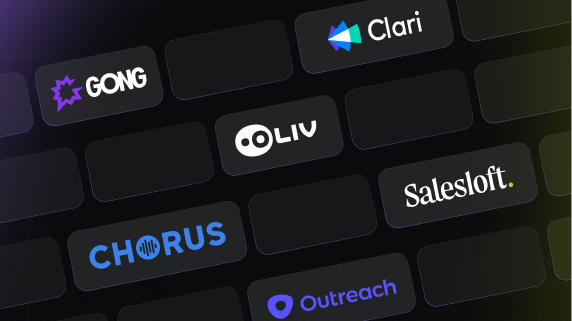You are probably thinking, "Follow-ups? Isn't that just a bunch of calls and emails?" But, it's so much more than that. It's an untapped opportunity to turn your warm leads into hot deals!
You've just had a great sales meeting. You can feel that your client is interested, but they're not quite ready to dive in. Both you and your client are wondering "What's next?".
This is where the magic of follow-up swoops in. It's not just about reminding them; it's about nurturing that relationship, adding value, and gently steering them towards that sweet "yes."
Now, think back to a time when you received a follow-up that felt just right. Maybe it was a salesperson who remembered a small detail from your conversation, or someone who sent you an article that was spot on with what you were looking for. It felt personal, right? Like they got you. That's the kind of experience we're aiming to create. It's not about bombarding them with calls and emails; it's about crafting conversations that resonate, and that feel like they're coming from a friend rather than a salesperson.
Only 8% of salespeople make more than five follow-ups, in a world where 44% quit after the first call – it's time to join the 8% and turn persistence into your superpower!
As we master the after-sales follow-up, remember, that it's about creating a connection that goes beyond the sale. It's about making your client feel heard, understood, and valued. And with the right approach, those leads you're nurturing could very well turn into your most loyal customers and advocates.

Different types of leads
When you walk into a room full of potential clients – each one with a different story, interest, and way of communicating. How you approach each person can make or break your chance of forming a lasting connection.
Each type of lead is unique, and knowing how to find and nurture them is crucial. Why? Because not all leads are at the same stage of buying. Some might be just getting to know your brand, while others are almost ready to shake hands on a deal. By recognizing these differences, you can tailor your approach, communication style, and efforts to match their stage in the buyer's journey.
1. Cold Leads
Think of cold leads like strangers at a party. You don't know them, and they don't know you. They might fit into your 'ideal customer' group but haven’t interacted with your brand yet. Your mission? Break the ice with a friendly hello (initial outreach) and get them interested in what you have to offer.
2. Warm Leads
Warm leads are like acquaintances. They've heard about you, maybe liked your social media post, or downloaded a guide from your website. They're not friends yet, but there's potential. Here, you're aiming to turn that casual nod into a meaningful conversation, providing them with more tailored info and showing how you can meet their needs.
3. Hot Leads (Qualified Leads)
Now, these are the folks who are practically knocking on your door. They’ve shown clear interest - maybe they've asked for a demo or filled out a contact form. Treat them like VIP guests at your party. Roll out the red carpet with personalized engagement, and sales calls, and maybe even throw in a product demo to seal the deal.
4. Information Qualified Leads (IQLs)
IQLs are the curious ones. They're gathering information and are open to learning more. They've swapped their contact details for your insightful eBooks or webinars. Keep feeding their curiosity with educational content, nurturing them until they're ready to step up to the next level.
5. Marketing Qualified Leads (MQLs)
MQLs are more likely to buy than others but haven't said 'yes' just yet. Your job? Show them some killer moves (targeted marketing campaigns) that will make them want to buy.
6. Sales Qualified Leads (SQLs)
SQLs have caught the sales team's eye. They're ready for that one-on-one conversation. Here's where you get personal, with direct sales engagement and strategies tailored just for them.
7. Product Qualified Leads (PQLs)
PQLs are unique. They’ve already tried your product (maybe a free trial) and have shown actions that hint they're ready to upgrade to the full experience. In this case, entice them with the main course's flavours (product features and benefits) that they just can't resist.
Strategies for sales follow-up that convert
1. Timing is everything!
Have you ever wondered why some sales conversations turn into deals while others fizzle out? Nailing the timing of your after-sales follow-ups can transform leads into successful deals.
Best practices for timing your follow-ups
- Act quickly: Initiate the first follow-up within 24 hours post-interaction. This shows eagerness without being pushy.
- Space out adequately: Space out subsequent follow-ups. For instance, try the 3-7-14 rule: the first follow-up after 3 days, the second after a week, and the third after two weeks.
Signs to watch for indicating readiness for follow-up
- Engagement Clues: Did they visit your website again? Open your emails multiple times? These are digital high-fives saying, “I’m interested!”
- Verbal Cues: Recall your last conversation. Phrases like “I’ll think about it” or “Let’s talk soon” are your green lights.
Adapting your follow-up schedule based on buyer personas and industry standards
- Know Thy Buyer: A busy CEO might prefer a direct, succinct approach, while a creative professional might appreciate a more relaxed, narrative style.
- Persona-Based Scheduling: Use your CRM to segment customers by personas and tailor your follow-up timing accordingly.
Utilizing CRM data to optimize follow-up timing
- Behavioral Tracking: Use CRM tools to track customer engagement and determine the most receptive time for follow-ups.
- A/B Testing: Experiment with different timing and see what works best for different segments. Let the data lead your strategy.
2. How do I know which follow-up message is the right fit?
Ever felt like you're sending follow-ups into the void, wondering if they're hitting the right note? We get it. Whether you're in the early stages of the relationship or you've been conversing with the lead for a while. Mastering the art of follow-up is like finding the perfect harmony in a song. But fear not, because we've got your back.
We will understand when to drop a friendly check-in, sprinkle some personalized magic, or hit them with a time-sensitive offer.
Assess the relationship stage
Consider where you are in the relationship dance. If it's the first date – aka the initial contact – keep it light with a friendly check-in. If you've been chatting for a while, maybe it's time to drop a personalized touch or seek their opinion.
Just met? Try: "Hey [Lead's Name], hope you're having an awesome day! Quick check-in – any questions about our product/service?"
Acknowledge previous interactions
Did you chat about their pet iguana, or maybe their love for hiking? Acknowledge those tidbits in your follow-up. It shows you're not just a sales machine but someone who remembers the little things.
Let them know that you are thinking about them like, "Hey [Lead's Name], remembering our chat about your hiking adventures. Came across this [Related Resource] that might interest you. What do you think?"
Consider the lead's preferences
Some folks love a good email, while others prefer a quick call. If you're unsure, don't hesitate to ask how they prefer to be contacted. It's a small detail that can make a big difference.
For example, "Hey [Lead's Name], quick one for you – do you prefer updates via email or a quick call? Let me know your preference!"
Mix it up for variety
Keep things interesting by mixing up your follow-up strategies. Don't be afraid to alternate between friendly check-ins, value-packed emails, and personalized touches. Variety keeps the conversation fresh.
3. Multi-channel strategies and overcoming obstacles
Harnessing diverse communication avenues:
- Emails: Craft personalized, timely emails that speak directly to your client’s needs.
- Phone Calls: Utilize for more direct, immediate communication. Ensure your calls are informed and purpose-driven.
- Social Media: Engage with leads through platforms they frequently use. This could mean direct messages or engaging with their content.
- Snail Mail: In a digital world, a physical letter or brochure can stand out for its personal touch.
Audience-centric channel selection:
Analyze your audience’s preferences and behaviors. Younger demographics might respond better to social media, whereas more established clients may prefer emails or phone calls.
Cohesive integration of channels:
Ensure that messages across different channels are consistent yet optimized for each medium. Integration of CRM systems can help maintain a unified communication strategy.
Preparation for common objections:
Identify and prepare responses for typical objections. This could range from concerns about cost to questions about product functionality.
Reviving cold leads:
Employ techniques like sending updated product information or industry news to reignite their interest. Sometimes, a simple check-in can rekindle a conversation.
Sustaining engagement:
Keep the conversation going by providing valuable content, asking open-ended questions, and showing genuine interest in their needs.
Enter Oliv AI’s prowess
Closing deals should feel like a victory lap, not an obstacle course. Enter Oliv AI – your strategic companion in the post-meeting realm, making the follow-up process smoother and more effective than ever. Let's break down how Oliv AI turns follow-ups into a breeze for sales executives:
1. Follow-up and relationship management
- Automated follow-up: Say goodbye to the hassle of crafting post-meeting emails. Oliv AI swoops in generates personalized follow-ups and shoots them off to your clients, thanking them for their time and neatly summarizing the key points discussed.
- Task automation: Ever forget to send that extra piece of information promised during the meeting? Not on our watch. Oliv AI sets timely reminders for follow-up actions, ensuring you stay on top of your game.
2. Meeting analysis and feedback
- Performance analysis: Wondering which parts of your sales pitch hit the jackpot and which ones could use a little magic? Oliv AI provides insightful feedback, breaking down the effectiveness of your pitch and highlighting areas of strength or improvement.
- Client interaction insights: Dive into the treasure trove of client interactions. Oliv AI analyzes these interactions, unveiling valuable insights into client preferences and behavior that make follow-ups much more effective.
3. Sales pipeline updates
- CRM integration: No more manual data entry struggles. Oliv AI seamlessly integrates with your CRM system, updating it with meeting notes, action items, and the latest client information. Your pipeline stays current so that you know exactly the kind of follow-up message that your client requires at this stage, and you can focus on what you do best – closing deals.
With Oliv AI as your post-meeting ally, you're not just closing deals; you're building lasting relationships and continuously refining your sales game. Let Oliv AI handle the nitty-gritty, so you can shine where it matters most – in the art of meaningful connections and successful deals.
The anatomy of an effective follow-up
1. Essential elements of a sales follow-up
Imagine crafting a follow-up message as building a bridge between your client's needs and your solution. The strength of this bridge relies on three critical components:
- Clear call-to-action (CTA): Picture your CTA as the signpost on this bridge. It should be bright, bold, and unmistakable, guiding your lead to the next step with clarity and confidence. Whether it's scheduling a meeting, signing up for a demo, or simply replying to your email, your CTA needs to stand out. It's the 'What Next?' of your message.
- Value proposition: This is the foundation of your bridge. Why should they cross it? Your value proposition is the answer. It's a succinct, compelling reason that answers the 'Why' for your leads. It could be the unique benefit of your product, a special offer, or an insight that aligns with their needs. Ensure it's tailored and relevant – nobody crosses a bridge that leads nowhere!
- Concise messaging: Your follow-up is the pathway of the bridge. It should be clear, direct, and free of clutter. The key? Be brief but powerful. Your leads are busy; respect their time with messages that are straightforward yet engaging. Cut the fluff, focus on the essentials, and make every word count.
2. Techniques for crafting resonant follow-up messages
To make your follow-up messages not just heard but felt, consider these techniques:
- Personalization: Address your leads by name and reference specific details from your previous interactions. It shows you're attentive and invested in them.
- Storytelling: Weave a narrative around your product or service. Stories create emotional connections, making your message more memorable.
- Problem-solution format: Start by empathizing with a challenge they might be facing and then present your offering as the solution.
- Testimonials or data points: Include a success story or a compelling statistic. Social proof can be a powerful influencer.
3. Creating a sense of urgency without being pushy
The art of urgency is like a gentle nudge rather than a hard push. Here's how to do it:
- Limited time offers: Suggest that the offer or opportunity has a time limit. It's about creating a sense of scarcity that motivates action.
- Highlight immediate benefits: Emphasize what they stand to gain or solve right away by taking action.
- Follow-up timing: Time your follow-ups strategically. If you follow up too soon, you seem pushy; too late, and you miss the momentum.
- Language and tone: Use words that inspire action ('Now', 'Today', 'Limited') but keep the tone helpful and advisory, not demanding.
Winning moves in the sales follow-up process
So, you've got a lot of leads lined up and categorized in different types, but now what? Follow-ups are your secret weapon for closing sales deals. From friendly check-ins to value-packed emails, we've got the playbook to make those leads yours.
1. The Friendly Check-In
Ever gotten a call from a friend just checking in? Yes, that works in sales too. Drop your leads a quick, friendly email or call. Ask how they're doing, remind them about your awesome product or service, and see if they have any questions. Just like catching up with an old buddy.
Example:
Hey [Lead's Name],
Hope this email finds you in great spirits! I was just thinking about our last conversation and figured it's high time for a friendly check-in. How's everything going on your end?
By the way, have you had a chance to check out our product/service? I remember you expressing some interest, and I thought you might want to explore it a bit more. No pressure at all – just wanted to make sure you don't miss out on something that could make your life a whole lot easier.
If you've got any burning questions or if there's anything specific you'd like to know, I'm just an email away. Let's chat and catch up soon!
2. The Value Bomb Email
Imagine opening an email and finding a treasure trove of valuable info. That's the goal here. Send your leads an email packed with helpful tips, industry insights, or maybe a cool infographic. Show them you're not just about selling – you're about making their lives better.
Example:
Hey [Lead's Name],
Hope this message finds you well. I recently came across something I couldn't wait to share with you – a fascinating Industry Insight that's shaping the game. Thought you'd love to stay ahead of the curve!
[Include a brief and engaging overview of the industry insight or valuable tip.]
Feel free to explore the details in the [Attached Infographic/Linked Resource], and let me know what you think! Your thoughts always add an extra layer of brilliance to the conversation.
By the way, while you're soaking in the wisdom, remember that we're here to make your journey even smoother with our product/service. Any questions or anything you'd like to dive deeper into? I'm all ears!
Looking forward to hearing your take on this gem of information!
3. The limited-time offer alert
Time to create a bit of urgency. Everyone loves a good deal, especially when it's time-sensitive. Hit your leads up with a special offer, a discount, or a limited-time promotion. Make them feel like they're getting an exclusive VIP pass.
Example:
Hey [Lead's Name]!
Hope this message finds you in good health!
We've got some exciting news that we couldn't wait to share with you.
For the next [X] hours, we're rolling out an exclusive offer just for our VIPs! It's a limited-time deal that's too good to pass up, and we wanted to make sure you had the first shot at it.
[Describe the Offer in a Few Brief Sentences – Highlight the Value]
Ready to snag this VIP pass? Simply hit reply and l will ensure you don't miss out on this fantastic opportunity. Remember, it's only valid until [Deadline], so don't let this one slip through the cracks!
4. The Personalized Touch
People love feeling special. Tailor your follow-ups to each lead. Mention something specific from your previous interactions, like a shared interest or a challenge they mentioned. It shows you're not just copy-pasting your way through, but genuinely paying attention.
Example:
Hi [Lead's Name],
Hope you are doing great! Remember when we had that fantastic chat about your passion for [X]? Well, guess what – I stumbled upon this [Related Resource] that's right up your alley. I thought you'd enjoy diving into it!
Take your time checking it out, and I'd love to hear your thoughts. Your insights are always gold. By the way, anything else on your mind or any way I can make your day even better?
Looking forward to hearing from you!
5. The Feedback Loop
Turn your leads into advisors. Ask for their opinions, thoughts, or feedback. People love sharing their insights, and it gives you a chance to understand their needs better. Plus, it keeps the conversation flowing.
Example:
Hey [Lead's Name],
Hope this message finds you well! We're on a mission to make things better, and we are turning to for some genius insights.
We recently rolled out [Recent Update/Feature] to up our game, and we're eager to know what you think. Your opinion matters big time. Any thoughts, ideas, or wild suggestions? Lay it on us – the more, the merrier!
Looking forward to hearing your thoughts, and as always, thanks a million for being part of our journey!
Here are some more email templates for your reference.
Measuring Follow-Up Success
1. Setting KPIs for measuring the effectiveness of follow-up efforts
When it comes to mastering the art of follow-up, what gets measured gets managed. Establishing Key Performance Indicators (KPIs) is like setting up a high-tech dashboard for your sales journey. These aren't just numbers; they're your guide to understanding what works. Consider these KPIs:
- Response rate: How many leads are responding to your follow-ups?
- Conversion rate: What percentage of these leads turn into actual deals?
- Time to conversion: How fast do your leads transform into customers?
- Customer satisfaction score: Are clients happy post-interaction?
2. Analyzing data to understand follow-up performance
Regular analysis of your follow-up efforts can reveal hidden patterns and opportunities. Tools like CRM software can be your magnifying glass here, helping you to scrutinize:
- Lead response time: How quickly are leads being followed up?
- Follow-up frequency: How many touches does it take to seal the deal?
- Sales cycle length: How long is the journey from lead to customer?
3. Continuous improvement: learning from follow-up successes and failures
Evolve with Every Interaction! Every follow-up, whether a roaring success or a learning curve, is a stepping stone to perfection. Embrace a culture of continuous improvement. Regularly schedule reviews of your follow-up strategies and ask:
- What worked well? Identify the tactics that led to success.
- Where did we miss? Acknowledge the gaps and understand the reasons behind less successful attempts.
- Actionable insights: Develop strategies based on these learnings.
4. A/B testing different follow-up approaches to refine your strategy
A/B testing is like a laboratory for your sales strategies. By experimenting with different follow-up methods, you can scientifically determine what resonates best with your leads. Test variables like:
- Communication channels: Emails, phone calls, social media – which works best?
- Messaging style: Formal vs. casual, feature-focused vs. benefit-driven.
- Timing: Identifying the optimal time for follow-ups.
Finale for success
We have just cracked the code on turning those leads into deals with some killer after-sales follow-up moves.
It's not just sales; it's about building connections. Keep those check-ins flowing, sprinkle value, create urgency with irresistible offers, be a memorable salesperson, and turn clients into collaborators. After-sales follow-up makes the difference between a one-time transaction and a long-lasting relationship. So, keep it genuine and personalized. After all, in the world of deals, it's not just about closing – it's about converting leads into partners in success.
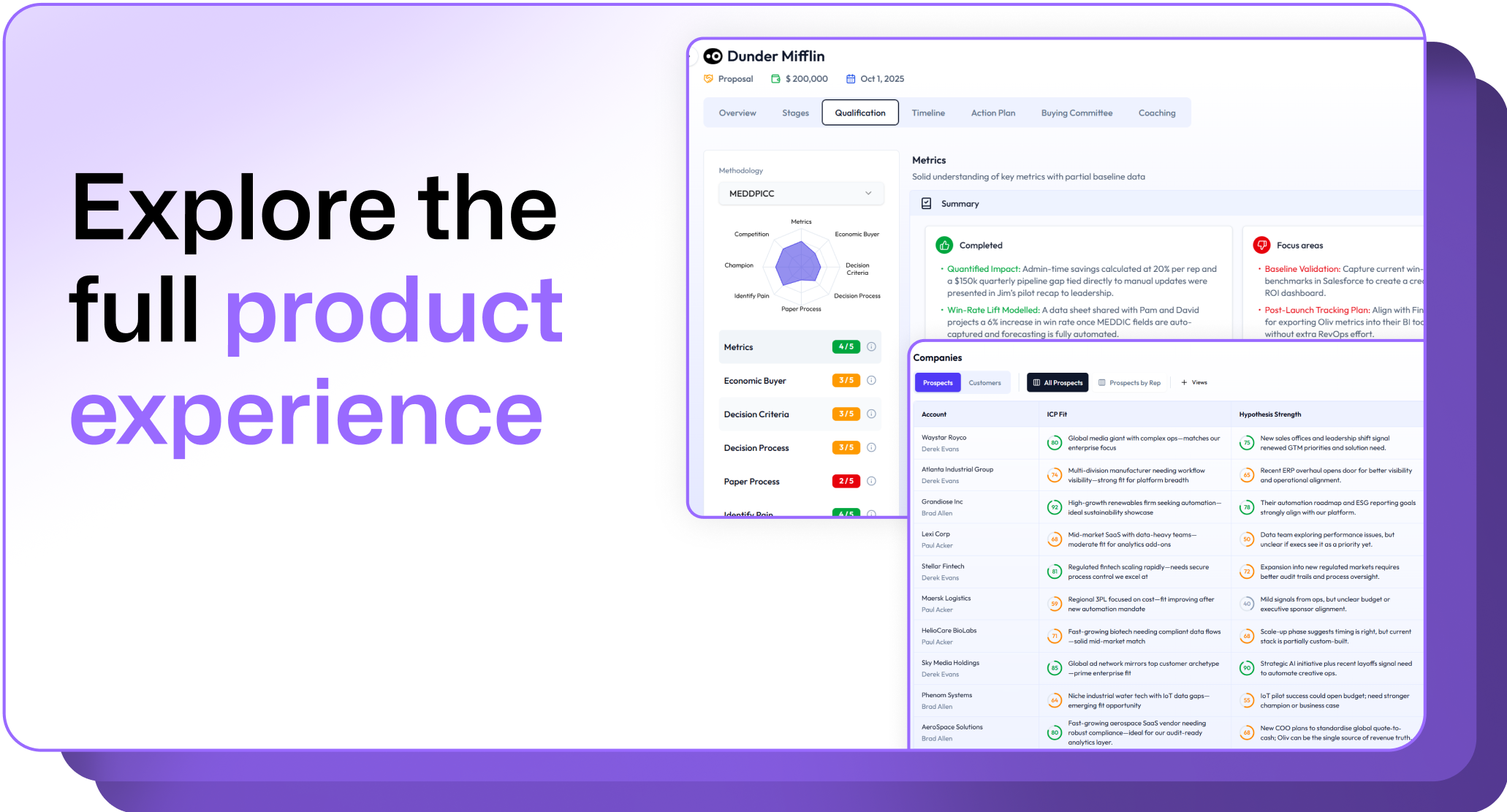

.png)

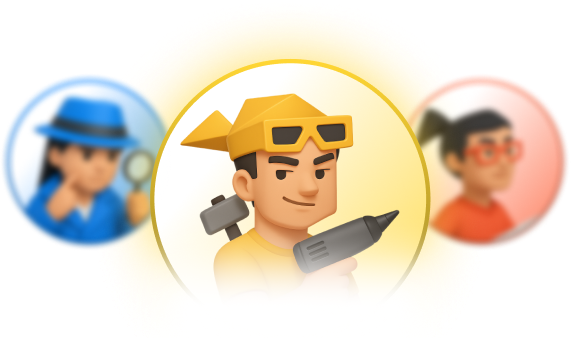
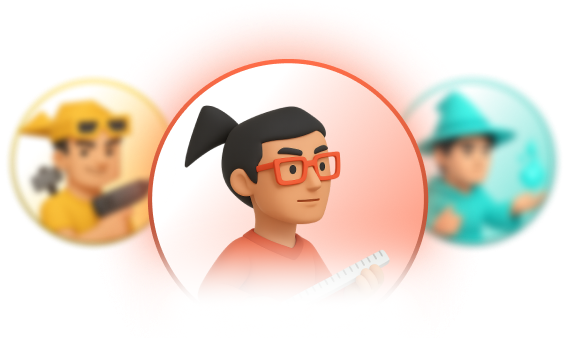
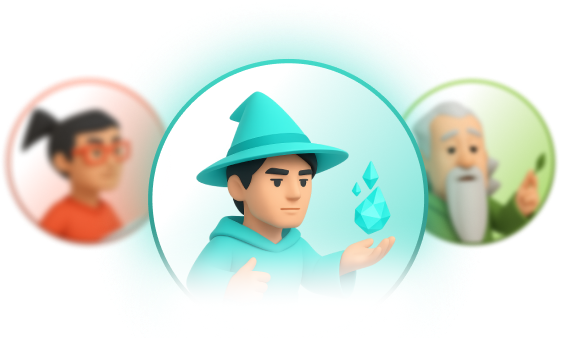


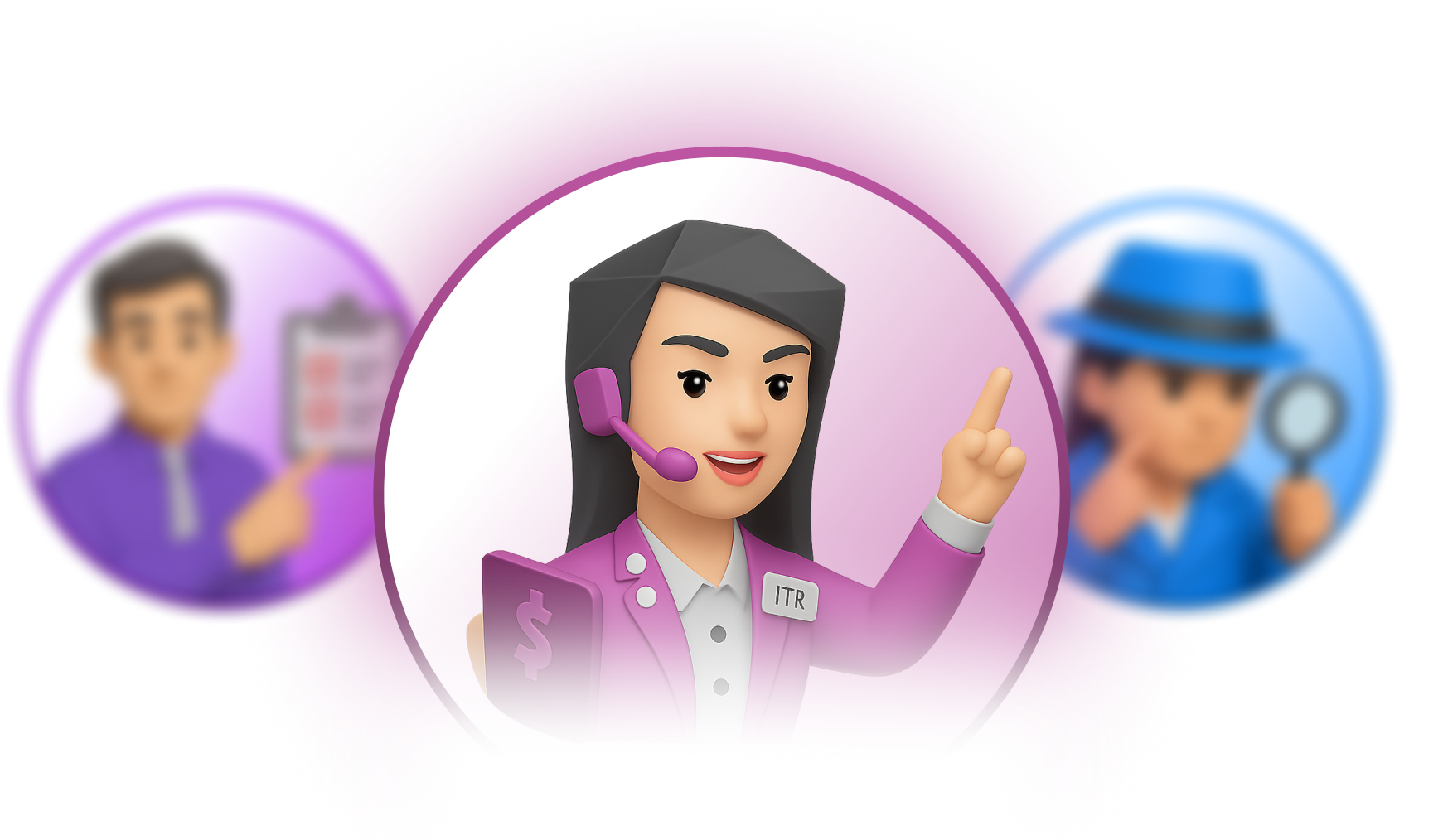


.png)
.png)
.png)
